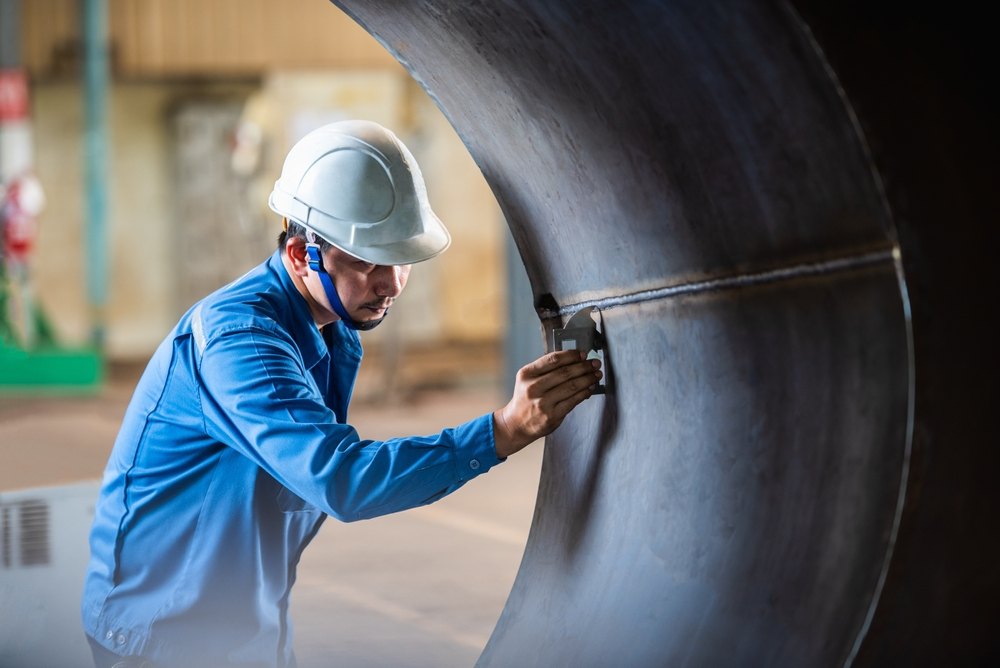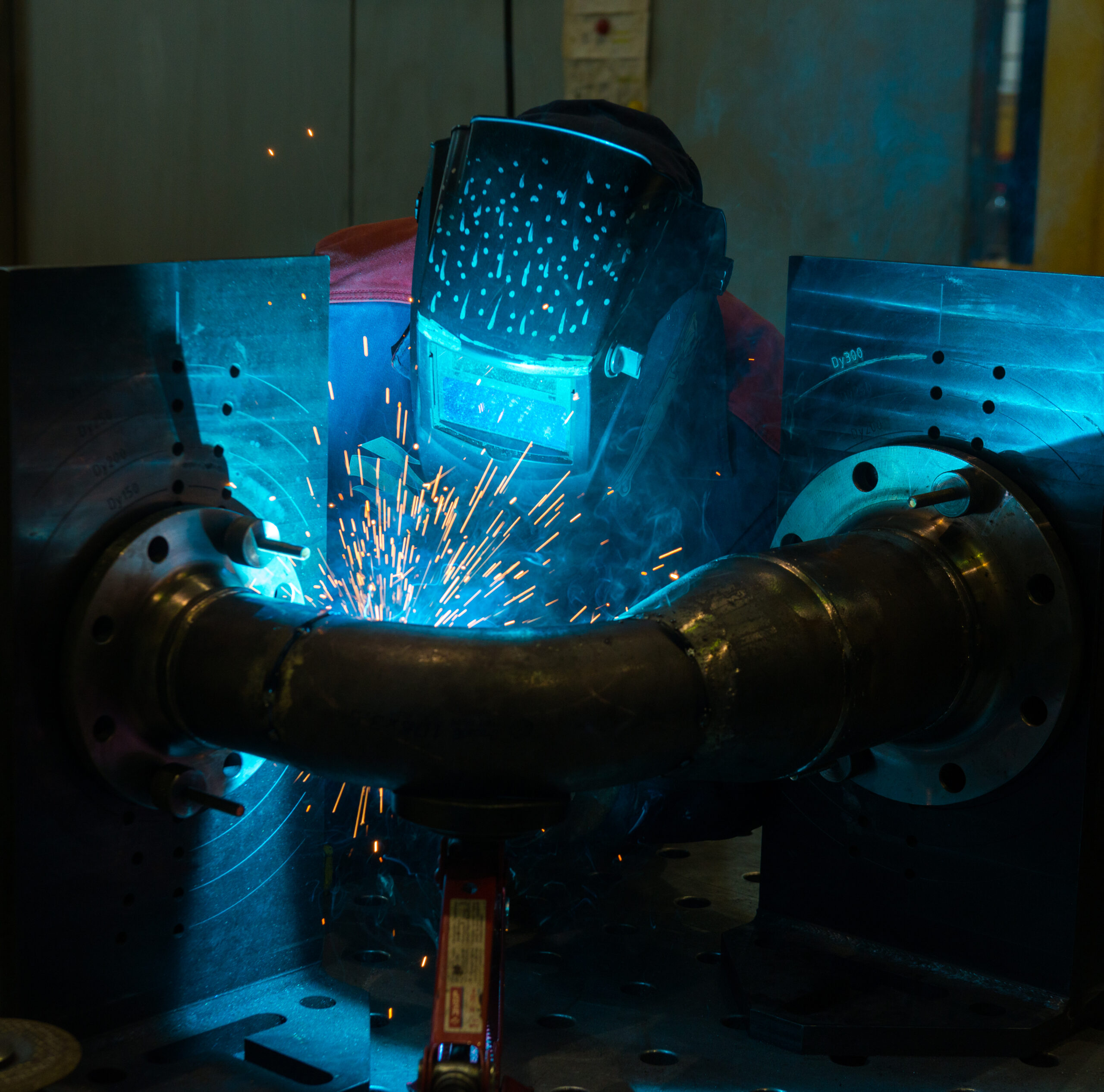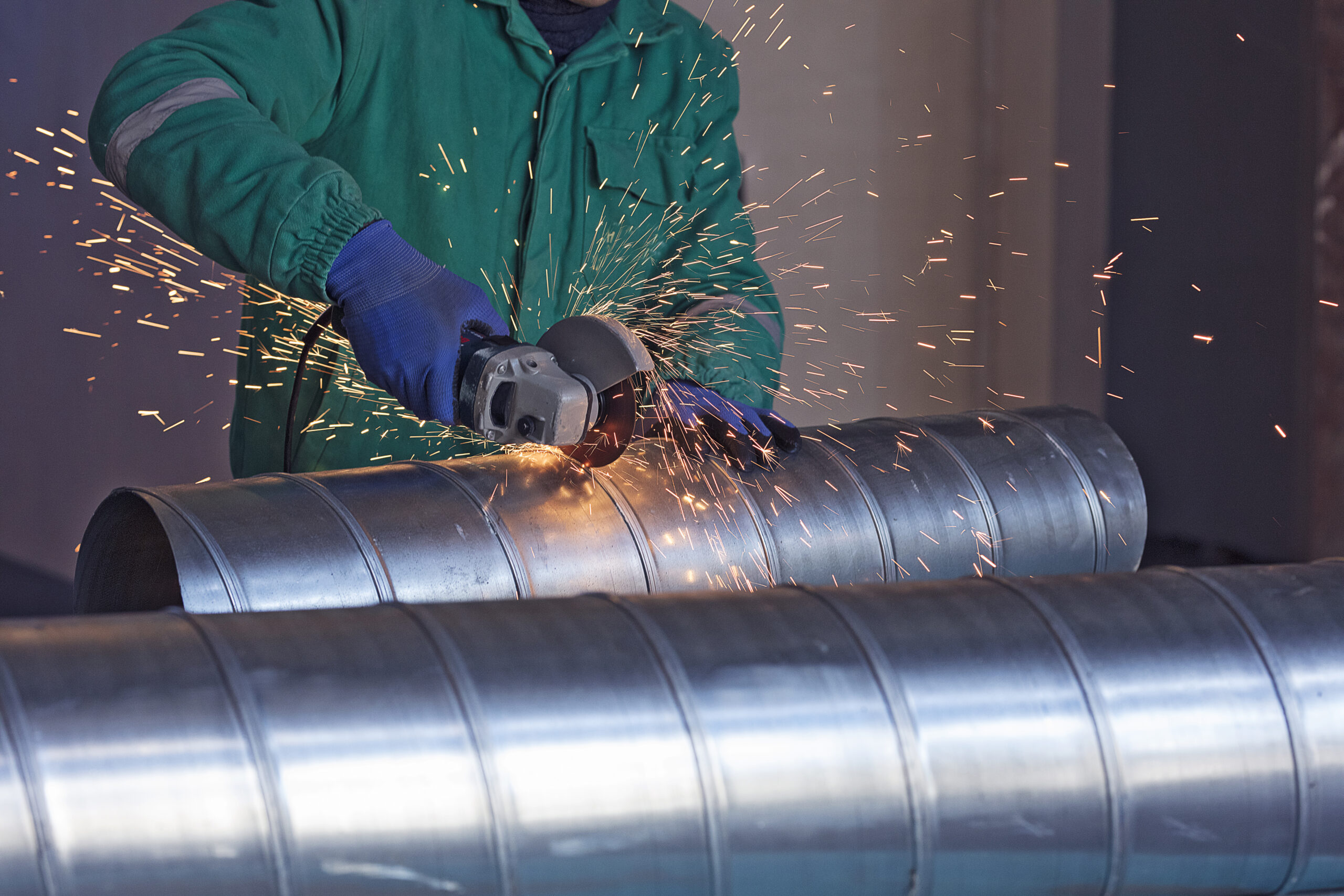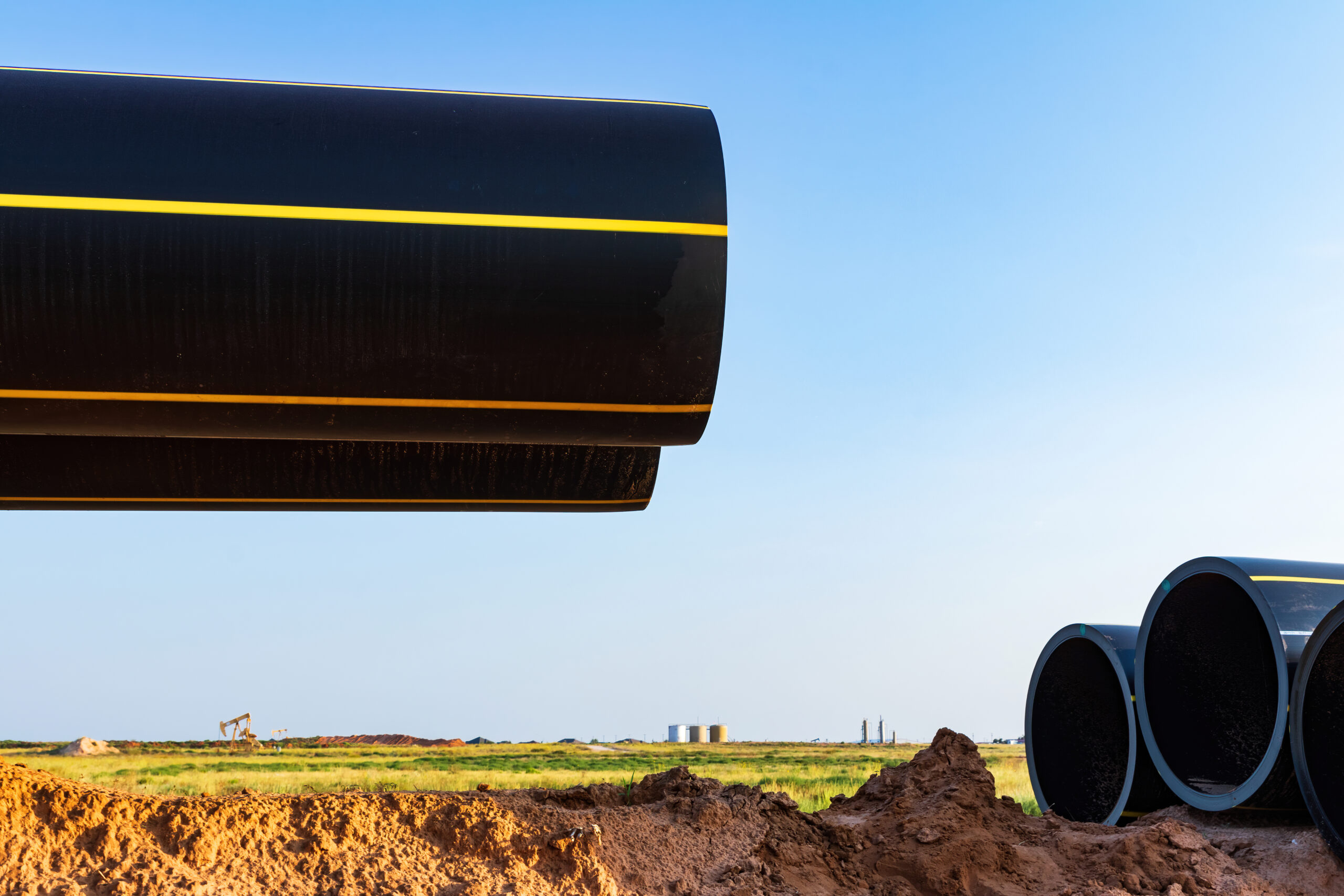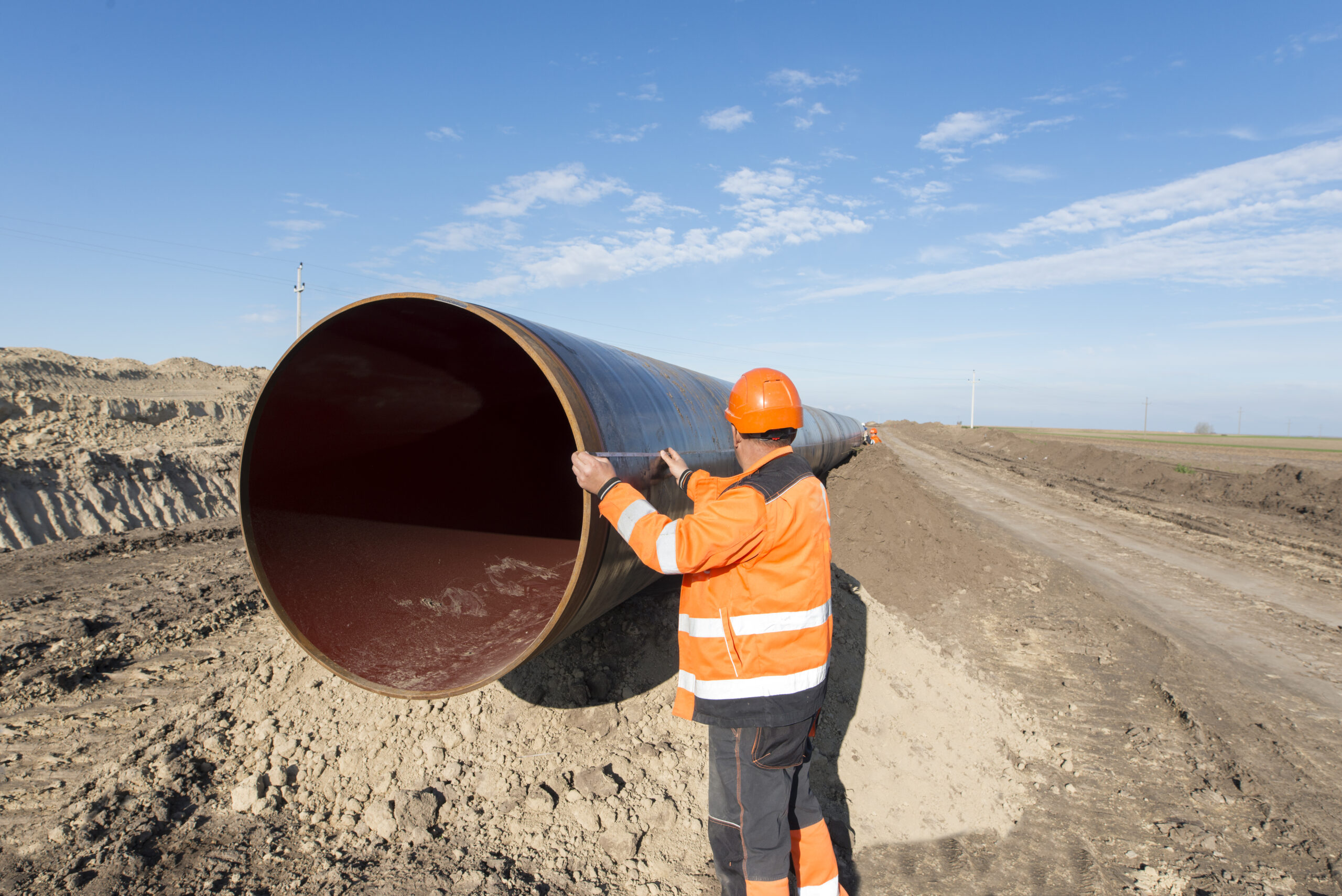The world of welding relies on a variety of techniques to join pieces of metal securely. Among these techniques, the butt joint stands as a fundamental and versatile option for welders of all experience levels.
In this blog, we will look into the world of butt joints, explore their essence, the various techniques used to create them, and the extensive applications they find across numerous industries.
Let’s get started!
What is Butt Joint?
At its core, a butt joint is a weld that joins two pieces of metal placed end-to-end in a straight line. Thus, the resulting joint has the workpieces lying in the same plane, with no overlapping sections.
This simplicity makes it a popular choice for various welding projects. However, achieving a strong and aesthetically pleasing butt joint requires specific techniques and considerations.
Techniques for Creating Flawless Butt Joints
The success of a butt joint hinges on the chosen welding process and proper joint preparation. Here’s a breakdown of some popular techniques:
Edge Preparation
Butt welds can be performed with or without edge preparation. However, for thicker materials or applications requiring high strength, edge preparation is crucial. This involves shaping the edges of the metal pieces to create a groove. Common groove shapes include squares, v-grooves, and u-grooves. The specific shape chosen depends on the material thickness, welding process, and desired weld properties.
Welding Processes
Butt joints can be created using a vast array of welding processes. Here are some of the most common:
Arc Welding
This encompasses processes like Gas Tungsten Arc Welding (GTAW) or Shielded Metal Arc Welding (SMAW). An electric arc generates intense heat, melting the base metal and filler metal to create the weld.
Resistance Welding
This technique utilizes pressure and electrical current to create a weld at the joint. Processes like spot welding are ideal for sheet metal applications.
Laser Beam Welding
This high-energy process uses a concentrated laser beam to melt the metal and form the joint. It’s suitable for precise welds on thin materials.
Filler Metal
In many butt welding applications, a filler metal is used. Futhermore, this consumable material is fed into the molten pool to create a robust weld. Moreover, the selection of the filler metal depends on the base metal type and the desired properties of the finished joint.
Tack Welding
For thicker materials or complex joints, tack welds are often used. These temporary welds hold the pieces in place before the final weld is applied. They ensure proper alignment and prevent distortion during the welding process.
Additionally, we suggest reading out “How to Prevent Internal Pipe Corrosion.”
Advantages of Butt Joints
The popularity of butt joints stems from several key advantages:
- Strength: When properly executed, butt joints offer excellent strength due to the full penetration of the weld. This makes them ideal for load-bearing structures.
- Versatility: Butt joints can be applied to various materials and thicknesses, making them adaptable for a wide range of projects.
- Aesthetics: When done well, butt joints can create a clean and visually appealing finish, especially with techniques like GTAW.
- Efficiency: Compared to other joint types like lap joints, butt joints require less material and often create a more streamlined design.
Applications of Butt Weld Joint
Butt joints find extensive use across numerous industries. Here are some prominent examples:
- Piping Systems
In pipelines used for transporting liquids or gasses, butt joints are essential for creating strong and leak-proof connections.
- Structural Fabrication
From buildings and bridges to frames and machinery, butt joints play a vital role in creating robust structures.
- Automotive Industry
From car frames to exhaust systems, butt joints contribute to the structural integrity and functionality of various automotive components.
- Sheet Metal Applications
In applications involving sheet metal, butt welds can be used to join panels, create containers, and fabricate various parts.
- Aerospace Industry
For critical components in airplanes and spacecraft, butt joints ensure the utmost strength and reliability.
Moreover, we suggest reading out “What is a Pipe Sleeve?”
Protecting the Inside: How LPS Addresses Corrosion in High-Temperature Butt Joints
While butt joints offer exceptional strength for pipe connections, protecting the internal weld zone from corrosion at extreme temperatures presents a significant challenge. Furthermore, traditional methods often struggle when the heat source is just millimeters away from the protective barrier. Here’s where Lined Pipe Systems (LPS) steps in with innovative solutions specifically designed to address this very concern.
Moreover, LPS has dedicated years of research and development to create the simplest and most cost-effective solutions for constructing pipelines with internal coatings/linings, particularly for applications involving high-temperature butt joints. Our focus lies in developing contractor-friendly products that offer two crucial benefits:
Permanent Corrosion Protection
LPS products provide a long-lasting barrier against corrosion, safeguarding the integrity of the weld joint even when exposed to harsh environments and high temperatures exceeding 1,000°C.
Fast and Efficient Construction
LPS solutions are designed to integrate seamlessly with widely accepted construction techniques. This translates to faster installation times and reduced project costs compared to complex or time-consuming methods.
What sets LPS apart?
Our commitment to contractor-friendliness brings about pre-engineered lining systems that can be easily integrated during the pipe fabrication process. These systems could involve:
Pre-lined Pipe Spools
Imagine pipe sections that arrive pre-lined with a high-temperature resistant material, ready for welding. This eliminates the need for on-site lining application, saving time and potential quality control issues.
Internal Cladding Inserts
These could be prefabricated inserts made from a corrosion-resistant material designed to fit snugly within the pipe at the weld joint. They would then be secured during the welding process, creating a robust barrier against internal corrosion.
Additionally, we suggest reading out “Difference Between Girth Weld And Groove Weld.”
The LPS Advantage
By employing LPS solutions for high-temperature butt joints in your pipelines, you gain several advantages:
Enhanced Pipeline Longevity
The superior corrosion protection offered by LPS products ensures your pipelines last longer, reducing maintenance costs and downtime.
Peace of Mind
Knowing the weld joint is permanently shielded from corrosion provides peace of mind regarding the long-term integrity of your pipeline system.
Faster Project Completion
The contractor-friendly nature of LPS solutions translates to faster installation times, keeping your project on schedule and within budget.
For more information on how LPS can address your specific high-temperature butt joint corrosion challenges, contact us today. Moreover, our expertise and innovative solutions can ensure your pipelines operate reliably and efficiently for years to come.
Tips for Flawless Butt Joints
Creating flawless butt joints requires practice and attention to detail. Here are some helpful tips:
-
Cleanliness
Ensure the joint area is clean and free of contaminants like dirt, oil, or rust. Contaminants can hinder weld quality and strength.
-
Proper Joint Fit-Up
The workpieces need to fit together precisely with a minimal gap. Improper fit-up can lead to weak welds or excessive burning through the material.
-
Welding Technique
Master the specific technique required for your chosen welding process. This includes maintaining proper travel speed, torch angle, and heat control.
-
Post-Weld Inspection
After welding, inspect the joint thoroughly for cracks, porosity, or other defects. Perform non-destructive testing methods like X-ray or ultrasound after a visual inspection to ensure internal integrity.
-
Grinding and Finishing
For some applications, grinding the weld bead to achieve a smooth finish might be necessary. This can improve aesthetics and sometimes even weld strength.
Additionally, read out “How to Prevent Internal Pipe Corrosion?”
Safety First
Welding involves inherent risks. Therefore, always prioritize safety by using appropriate personal protective equipment (PPE) like fire-resistant clothing, a welding helmet, and gloves. Additionally, ensure proper ventilation to avoid inhaling harmful fumes.
Conclusion
The butt joint stands as a cornerstone technique in the welding world. Its simplicity, versatility, and potential for strong connections make it a valuable tool for welders of all experience levels. Therefore, by understanding the different techniques, applications, and safety considerations, you can create robust and aesthetically pleasing butt joints for your welding projects.

